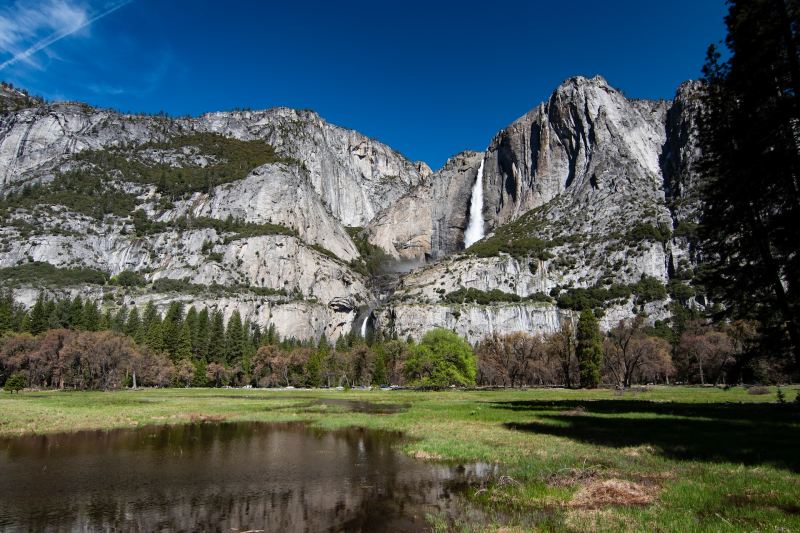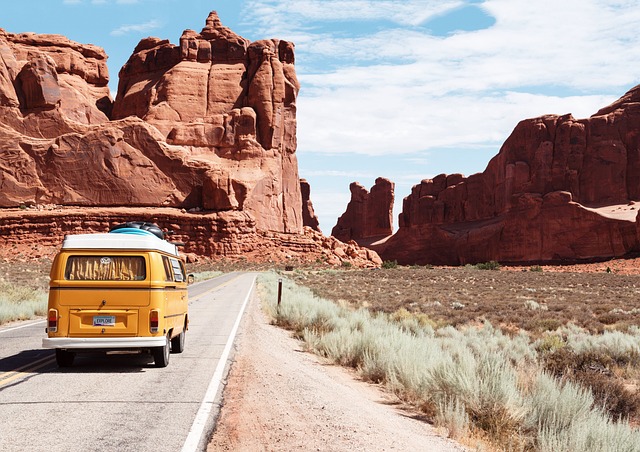
National parks have become increasingly popular in recent years, attracting all kinds of nature enthusiasts, adventurers, and families who seek a slice of the great outdoors. However, that may become slightly more difficult as national parks across America begin to implement extra fees and reservation systems in 2024.
In this article, we will look at the changes currently being made in four iconic national parks and what that could mean for you and your crew.

Rocky Mountain National Park reservations
In 2024, Rocky Mountain National Park is rolling out a revamped reservation system, building upon the successful pilot of the previous year. Scheduled to commence on May 24, this system will feature two distinct types of permits catering to different sections of the park.
One reservation grants access to the Bear Lake Road Corridor and the entire park from 5 a.m. to 6 p.m., while the other encompasses the “rest of the park” from 9 a.m. to 2 p.m., excluding the Bear Lake Road Corridor.
These timed entry permits offer a flexible two-hour window for entry without a set departure time. The reservation system covers all park areas, with a minimal $2 processing fee applied through recreation.gov.
Reservations can be secured in advance, with staggered releases starting from May until October, so plan proactively to secure your spot.

Entrance reservations for Yosemite National Park
Yosemite is also embracing reservations, but not for the entire year. With weekend entry reservations set for their peak busy seasons, you’ll need to plan in advance if you want to see the Yosemite Firefall in February or explore the park from April to October. Even if you are not seeing Horsetail Falls, you will need an entrance reservation.
If you want to visit from July to August, expect to need an entrance reservation seven days per week. Fortunately, there are no fees associated with the reservations.
While getting a reservation might be more of a hassle than what you’re used to, these changes will enhance your experience in the park so you can actually enjoy your time there instead of sitting in bumper-to-bumper traffic.

Arches National Park Reservations
For the first time, Arches National Park is introducing a Timed Entry Reservation System from April 1 to October 31, 2024.
This system will provide visitors with a dependable means of securing access to the park, thereby ensuring a seamless and extraordinary experience. Previously, the unpredictability of park access during peak seasons posed challenges. However, with this new reservation system, visitors can proactively reserve their entry, alleviating stress and uncertainty associated with park visits.
Reservations are mandatory for vehicle entry into the park daily between 7 am and 4 pm, granting visitors a one-hour window for access. Once inside, guests have the freedom to explore at their leisure, with the flexibility to exit and re-enter the park on the same day upon validation of their Timed Entry Ticket. This initiative aims to optimize visitor experience while preserving the integrity of the park’s natural wonders.

Reservations for Glacier National Park
Spanning from May 24 to September 8, Glacier National Park mandates reservations for vehicle access on the iconic Going-to-the-Sun Road, as well as entry into the Many Glacier and North Fork areas. The reservations operate daily from 6 am to 3 pm during the peak season.
Visitors engaging in planned activities like camping, horseback riding, or boating receive a pass, doubling as a vehicle reservation, all without an associated cost.

Why is there a need for reservations?
Crowd control
Peak seasons witness an inundation of visitors, straining park resources and impacting the serenity of these natural wonders. The reservation system acts as a crowd-control mechanism, ensuring a reduced influx, thereby preserving the tranquility and beauty of these landscapes. Ultimately, this results in an enriched and immersive experience for visitors.
Guaranteed access
Reservations promise visitors assured entry, eliminating the uncertainty of being turned away due to overcrowding. This certainty will help visitors plan better, allowing guests to anticipate their visit with confidence, and securing their desired experiences and activities within the park.
The future of access and conservation
As these national parks embrace reservation systems, it signifies a forward-thinking approach to manage visitor influx, preserve natural environments through initiatives like a carbon-neutral footprint, and ensure a high-quality experience for all. This shift marks a paradigm in how we interact with these cherished landscapes, balancing accessibility with the imperative to safeguard these iconic sites for generations to come.
In essence, while the concept of reservations may initially seem restrictive, the underlying goal is to foster a sustainable balance between conservation and visitor enjoyment. As we navigate these new entry protocols, it’s imperative to recognize the long-term benefits they offer in preserving the sanctity and splendor of these national parks.



